-
 Illustrated with over 1300 photographs, some never previously published, this military journey begins with the build up to war and the invasion of Poland to ultimate victory over Japan. Immensely readable, it brings the events and the people of those turbulent times into sharp focus for those who lived through the conflict as well as those born during the fifty years that have elapsed since the war's end.
Illustrated with over 1300 photographs, some never previously published, this military journey begins with the build up to war and the invasion of Poland to ultimate victory over Japan. Immensely readable, it brings the events and the people of those turbulent times into sharp focus for those who lived through the conflict as well as those born during the fifty years that have elapsed since the war's end. -
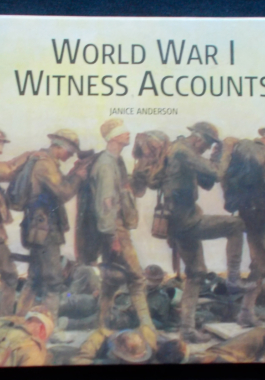 You can read history - or you can learn history from the people who lived it. This compilation of accounts of life during the First World War are from diaries and letters: from those at home, from the trenches, from men and women in the armed forces...there's even a section devoted to the modern machineries of war and what those on the front line thought of them. Here are the voices of that time and they are the ones who know what life was like then.
You can read history - or you can learn history from the people who lived it. This compilation of accounts of life during the First World War are from diaries and letters: from those at home, from the trenches, from men and women in the armed forces...there's even a section devoted to the modern machineries of war and what those on the front line thought of them. Here are the voices of that time and they are the ones who know what life was like then. -
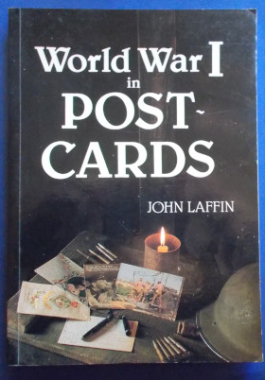 The extraordinary phenomenon of the war postcard - reflections of the full range of responses to the most murderous and ghastly of all wars. The chapters herein include: story postcards, military subjects, heroism and agony, religious themes, humour, animal and field postcards - even those embroidered with silk and very beautiful still today. Even propaganda is represented. Almost three hundred post cards are reproduced - individual historic documents of a bygone age. Photos in colour and black and white.
The extraordinary phenomenon of the war postcard - reflections of the full range of responses to the most murderous and ghastly of all wars. The chapters herein include: story postcards, military subjects, heroism and agony, religious themes, humour, animal and field postcards - even those embroidered with silk and very beautiful still today. Even propaganda is represented. Almost three hundred post cards are reproduced - individual historic documents of a bygone age. Photos in colour and black and white. -
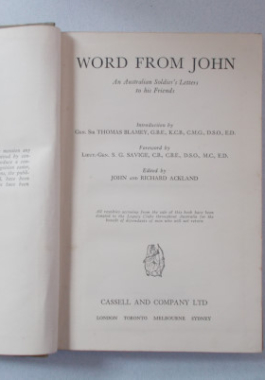
An Australian soldier's letters to his friends from World War II. When written, these letters did not mention place names other than those permitted by the censor. In order to make a continuous and intelligible narrative, these place names (now permitted) have been inserted. A rare glimpse from the war front.
-
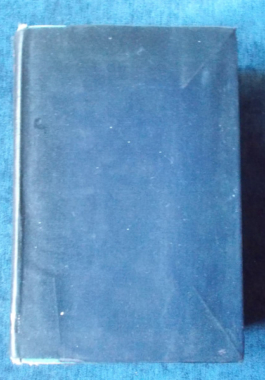
 Subtitle: A True Story Of Adventure From The Arctic To The Argonne. Described as the biography of a common soldier with thirty three years of service in the American Army, this 'uncommon' soldier distinguished himself in the Argonne in World War I and several other conflicts. Samuel Woodfill was regarded as being a true American frontiersman who seems to have had many and varied adventures, given such chapter headings as: I Was Born with a Gun in My Hands; A Surprise Attack and Escape Over A Precipice; Out of Company C Only Four Men Survived; The Tragedy of A Medicine Man; The Strange End of Sam Gowler and many others just as intriguing. Illustrated with black and white photographs.
Subtitle: A True Story Of Adventure From The Arctic To The Argonne. Described as the biography of a common soldier with thirty three years of service in the American Army, this 'uncommon' soldier distinguished himself in the Argonne in World War I and several other conflicts. Samuel Woodfill was regarded as being a true American frontiersman who seems to have had many and varied adventures, given such chapter headings as: I Was Born with a Gun in My Hands; A Surprise Attack and Escape Over A Precipice; Out of Company C Only Four Men Survived; The Tragedy of A Medicine Man; The Strange End of Sam Gowler and many others just as intriguing. Illustrated with black and white photographs. -
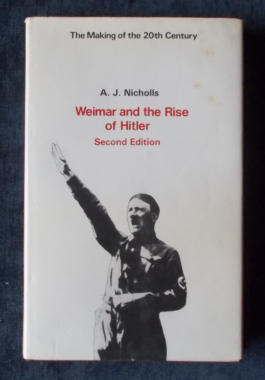 Regarded as the classic text on the Weimar Republic, Nicholls begins with Germany's defeat in 1918 and the revolutionary disturbances that followed the collapse of Wilhelm II's Empire. It describes the strengths and weaknesses of the new regime, and the stresses created by the economic difficulties of the 1920s. Adolf Hitler's career is traced from its early beginnings in Munich, and the nature of his movement is assessed.
Regarded as the classic text on the Weimar Republic, Nicholls begins with Germany's defeat in 1918 and the revolutionary disturbances that followed the collapse of Wilhelm II's Empire. It describes the strengths and weaknesses of the new regime, and the stresses created by the economic difficulties of the 1920s. Adolf Hitler's career is traced from its early beginnings in Munich, and the nature of his movement is assessed. -
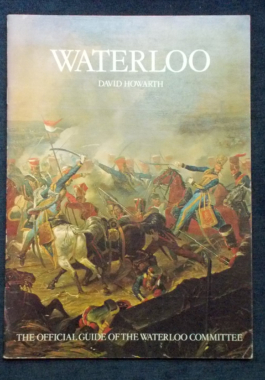 Believed to be the first guide to the battlefield written in English by an English writer, who is probably also the greatest living expert on Waterloo. There's descriptions of the battle location, weaponry and tactics that were all implement in a few hours on June 187, 1815. Illustrated.
Believed to be the first guide to the battlefield written in English by an English writer, who is probably also the greatest living expert on Waterloo. There's descriptions of the battle location, weaponry and tactics that were all implement in a few hours on June 187, 1815. Illustrated.





